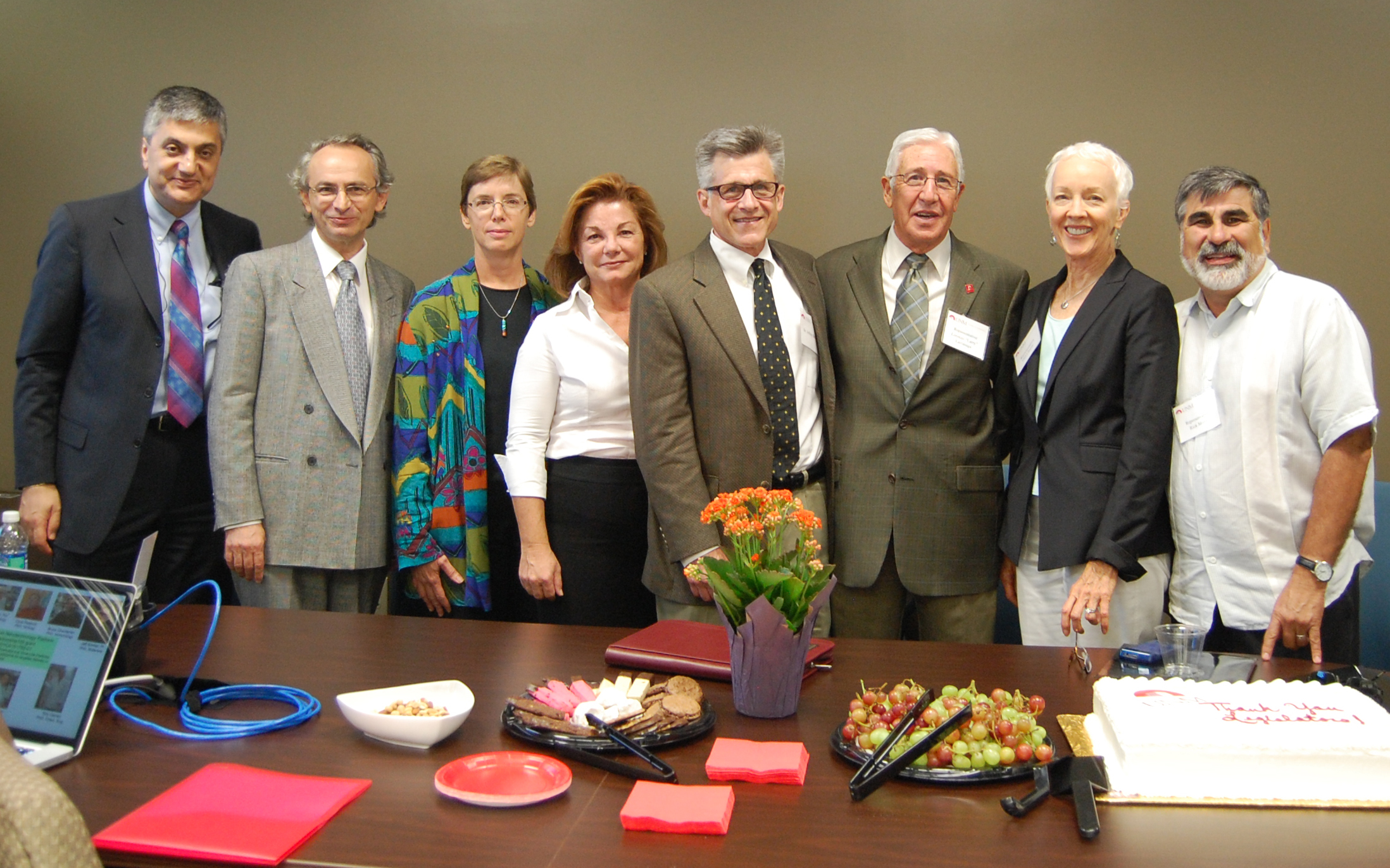September 24, 2012 • ALBUQUERQUE, N.M. — Sandia researcher Greg Nielson is “one of the 10 most promising young scientists working today,” says Popular Science magazine. Nielson garnered one of the magazine’s “Brilliant 10” awards for helping lead the Sandia effort to create solar cells the size of glitter. Past Brilliant 10 honorees have...



















